- No products in the cart.
Kontrolok powder for solution for injection 40mg vial 1 piece
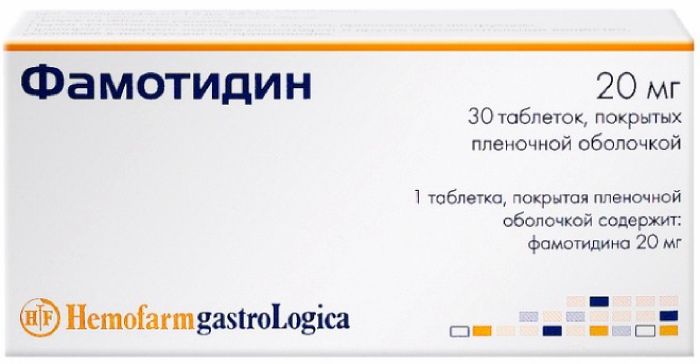
Famotidine tab p / 20 mg of 30 pcs, Hemofarm
$1.56
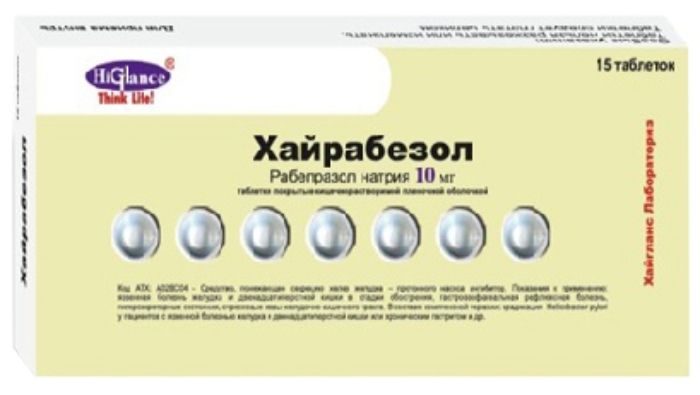
Hayrabezol tab n / an kish.rastv. 10 mg 15 pcs
$8.00
$8.49
Kontrolok powder for solution for injection 40mg vial 1 piece
Description
Composition
Active substance:
1 vial contains: pantoprazole sodium sesquihydrate 45.1 mg corresponds to: pantoprazole sodium (anhydride) and 42.3 mg of pantoprazole (free acid) 40.0 mg.
Excipients:
Disodium edetate 1.0 mg; sodium hydroxide 0.24.
Description:
White or almost white powder or compacted mass of white or nearly white.
Product form:
Lyophilizate for preparation of solution for intravenous injection, 40 mg. 40 mg of pantoprazole in clear glass vials, sealed with a rubber stopper and crimped aluminum cap with a polypropylene disk. 1 bottle was placed in a cardboard box with instructions for use.
Contraindications
– hypersensitivity to any component of the drug, and also to substituted benzimidazoles; – the age of 18; – Pregnancy, lactation.
Dosage
40 mg
Indications
– peptic ulcer and 12 duodenal ulcer (in the acute phase), erosive gastritis (including those associated with the use of nonsteroidal anti-inflammatory drugs NSAIDs); – gastroesophageal reflux disease (GERD): erosive reflux esophagitis (treatment), symptomatic treatment of GERD (NERD i.e. – non-erosive reflux disease); – Zollinger-Ellison syndrome; – eradication of Helicobacter pylori in combination with antibacterial agents; – treatment and prevention of stress ulcers and their complications (bleeding, perforation, penetration).
Interaction with other drugs
Simultaneous application Kontrolok® drug may reduce the absorption of drugs, bioavailability which is dependent on the pH of the gastric environment (e.g., ketoconazole, itraconazole, posaconazole, and other drugs such as erlotinib). In studies on drug interactions found no clinically significant interactions when using the drug Kontrolok® in the following cases: in patients with diseases of the cardiovascular system, taking calcium channel blockers slow (nifedipine), beta-blockers (metoprolol). Pantoprazole does not violate the p-glikoproteinzavisimuyu absorption of digoxin; patients with diseases of the gastrointestinal tract, taking antacids, antibiotics (amoxycillin, clarithromycin, metronidazole); in patients taking oral contraceptives containing levonorgestrel and ethinyl estradiol; in patients on nonsteroidal antiinflammatory drugs (diclofenac, naproxen, piroxicam); patients with diseases of the endocrine system, host glibenclamide; in patients with anxiety, and sleep disorders, receiving diazepam; in patients with epilepsy receiving carbamazepine and phenytoin; in patients taking oral anticoagulants, such as warfarin and phenprocoumon, under the control of prothrombin time and INR is at the beginning and at the end of treatment and during the reception of irregular pantoprazole.
Simultaneously, it should be noted that there are cases increasing INR and prothrombin time in patients treated with proton pump inhibitors, along with warfarin or phenprocoumon. The increase in INR and prothrombin time may lead to abnormal bleeding, life-threatening. Therefore, such patients should be under medical supervision for timely detection of increase in INR and prothrombin time.
It is also noted the absence of clinically significant drug interactions with caffeine, ethanol, theophylline. There are reports of increasing blood levels of methotrexate in some patients by combining it in high doses (e.g., 300 mg) protonnnogo pump inhibitors. Therefore, when using high doses of methotrexate, e.g., in a patient with malignant neoplasm or psoriasis may be necessary in considering the temporal cancellation of pantoprazole. Such inhibitors isoenzyme CYP2C19, fluvoxamine like, can increase the systemic effect of pantoprazole. Reducing the dose of the drug may need Kontrolok® patients receiving long-term treatment with high doses of pantoprazole, or patients with hepatic failure. Such inductors isozymes CYP2C19 and CYP3A4, as rifampicin and St. John’s Wort (Hypericum perforatum), can reduce the plasma concentration of the proton pump inhibitors which are metabolized by these enzyme systems. HIV protease inhibitors. Pantoprazole is not recommended to be used together with inhibitors of HIV protease, the absorption of which depends on the pH of the gastric environment (e.g., atazanovir), due to a substantial reduction in their bioavailability. If the combined use of proton pump inhibitors and HIV protease inhibitors, it is still necessary, it is recommended to carry out a careful clinical monitoring (e.g., viral load). The dosage of pantoprazole in such cases should not exceed 20 mg per day. It may also need to adjust the dosage of the HIV protease inhibitor.
Overdose
Hitherto overdose phenomena resulting Kontrolok® of the drug was observed. Doses up to 240 mg were administered intravenously for 2 minutes and well tolerated. In the case of overdose with clinical manifestations of toxicity being symptomatic and supportive therapy. Pantoprazole is output by hemodialysis.
pharmachologic effect
Pharmacological group:
Gastric glands secretion depressing agent, a proton pump inhibitor.
Pharmacodynamics:
The inhibitor of proton pump (H + K + ATPase). Blocks final step of acid secretion regardless of the nature of the stimulus. Pantoprazole is a substituted benzimidazole, which suppresses the secretion of hydrochloric acid in the stomach by specific blockade of the parietal cell proton pumps. Pantoprazole is transformed into its active form under acidic conditions in the parietal cells, where it inhibits the enzyme activity of H + K + ATPase, i.e. blocks the final phase of the formation of hydrochloric acid in the stomach. Suppression activity is dose-dependent, resulting in reduced both basal and stimulated acid secretion. In most patients, symptoms of acid diseases disappear within 2 weeks. In the treatment of pantoprazole, as well as the use of other proton pump inhibitors and H2-receptor blockers, reduced acidity in the stomach, which is accompanied by a proportional increase in the concentration of gastrin in the blood plasma. Increasing the concentration of gastrin is reversible. Prolonged treatment of gastrin concentration is in most cases increases twice. However, an excessive increase in the concentration of gastrin is noted only in a few cases. Consequently, in a few cases during long-term treatment of mild to moderate marked increase in the number of specific endocrine (enterochromaffin / ECL) cells in the stomach (at both adenomatoidnoy hyperplasia). Based on the results of animal studies, it is impossible to exclude the influence of long-term (over 1 year), treatment with pantoprazole on endocrine parameters of the thyroid gland. Because pantoprazole enzyme binds distal to the cell receptors (H + ions involved in the regulation of secretion), it can inhibit acid secretion irrespective of stimulation of parietal cells other substances (acetylcholine, histamine, gastrin). The effect of oral and intravenous administration of the same drug. Also, when reception of pantoprazole increases the concentration of chromogranin A (CgA) due to reduced gastric acidity. Increased concentration CgA may hinder diagnosis of neuroendocrine tumors. Receiving a proton pump inhibitor must be stopped for a period of from 5 days to 2 weeks before the measurements CgA, allowing return to normal falsely elevated concentration CgA, postprandial proton pump inhibitors.
Pharmacokinetics:
The volume of distribution of 0.15 l / kg and clearance – 0.1 l / h / kg. The half-life – 1 hour. Due to the specific binding of pantoprazole with parietal cell proton pumps half-life does not correlate with longer kislotopodavlyayuschim effect of the drug. Several cases of delayed elimination have been observed. Pharmacokinetics of pantoprazole after single and repeated application of the same. In the dose range from 10 to 80 mg of pantoprazole changes in plasma concentrations are linear both after oral and after intravenous administration. Binding pantoprazole plasma proteins is 98%. It is metabolized primarily in the liver. The main route of metabolism is demethylation of pantoprazole by means CYP2C19 followed by conjugation with sulfate. Other metabolic pathways include oxidation via CYP3A4. Most of pantoprazole (80%) excreted by the kidneys as metabolites, the remainder is excreted in the feces. The main metabolite in plasma and urine desmetilpantoprazol is conjugated with sulphate. Half-life of a metabolite – about 1.5 hr
Pharmacokinetics in special patient groups.
In individuals with low functional activity isoenzyme CYP2C19 (so-called poor metabolizers) carried pantoprazole metabolism, probably mainly isoenzyme CYP3A4. After receiving a single dose of 40 mg pantoprazole average value of area under the curve “concentration-time» (AUC) for slow metabolizers was approximately 6 times greater than in those having functionally active isozyme CYP2C19 (rapid metabolizers). The mean value of the maximum drug concentration in plasma (Cmax) at slow metabolizers was higher by about 60% compared with that in fast metabolizers. These features do not affect the dose of pantoprazole. In the application of pantoprazole in patients with impaired renal function (including patients on hemodialysis) dose reduction is required. As in healthy volunteers, the elimination half-life of pantoprazole is short. Dialyzed only a very small portion of the drug. Cumulation is not happening. In patients with liver cirrhosis (classes A and B according to the classification Child-Pugh) value increases half-life to 7-9 hours, AUC values increased by 5-7 times, the maximum concentration in the serum rises slightly, only 1.5 times in comparison with that in healthy volunteers. A slight increase in AUC and Cmax index in the elderly compared with the corresponding figures in is no more young people to be clinically significant.
Pregnancy and breast-feeding
Use during pregnancy
As a precautionary measure necessary to exclude the use of the drug during pregnancy Kontrolok®.
Breast-feeding
Due to insufficient information on the use of the drug Kontrolok® in women during breast-feeding, it is impossible to eliminate the potential risk to newborns and infants who are breastfed. In this connection it is necessary to decide on the termination of breastfeeding or the cancellation / suspension of treatment Kontrolok®.
fertility
Data on the effects of the drug Kontrolok® on fertility in humans. Preclinical studies have shown no effect on male or female fertility.
Conditions of supply of pharmacies
Prescription.
side effects
When receiving Kontrolok® preparation according to the indications and recommended doses side effects are rare. The most common adverse reaction is thrombophlebitis at the injection site. Diarrhea, and headache occur in approximately 1% of patients. Below shows the adverse drug reactions, depending on the frequency of their occurrence:
Very often> 1/10
Often> 1/100 and 1/1000, and 1/10000 and
Frequency not known (can not be estimated from the available data)
Violations by the blood and lymphatic system: rarely, agranulocytosis; very rarely, thrombocytopenia, leukopenia, pancytopenia.
Disorders of the nervous system: Infrequent, headache, dizziness; rarely, taste disturbances; frequency is unknown, paresthesia
Violations by the organs of vision: rarely, visual disturbances (blurred).
Disorders of the gastrointestinal tract: often-fundic glands of the stomach polyps (benign); infrequently, diarrhea, nausea / vomiting, bloating and flatulence, constipation, dry mouth, discomfort and abdominal pain
Violations of the kidneys and urinary tract: unknown frequency-interstitial nephritis (with possible progression to renal failure).
Violations of the skin and subcutaneous tissue disorders: Uncommon: rash / hives, itching, dermatitis; rarely, urticaria, angioneurotic edema; unknown frequency-malignant erythema multiforme (Stevens-Johnson syndrome), exudative erythema multiforme, toxic epidermal necrolysis, photosensitivity, subacute cutaneous lupus erythematosus
Violations metabolism: rare-hyperlipidemia and increased concentration of lipids (triglycerides, cholesterol), change in body weight; frequency is unknown, hyponatremia, hypomagnesemia, hypocalcemia, hypokalemia
Violations by musculoskeletal and connective tissue disorders: rare-fracture of the femur, wrist, or spine bones; rarely, arthralgia, myalgia; the frequency is unknown, muscle spasm.
General disorders: Often, thrombophlebitis at the injection site; infrequently, weakness, fatigue, and malaise; rarely, fever, peripheral edema.
Disorders of immune system: rarely, hypersensitivity (including anaphylactic reactions and anaphylactic shock).
Disorders of the liver and biliary tract: rare-improving activity of hepatic enzymes (transaminases, gamma glutamintransferazy); rarely, increased levels of bilirubin; frequency is unknown, hepatocellular injury, jaundice, pechonochnokletochnaya failure.
Violations by the genital and breast cancer: a rare-gynecomastia.
Violations by the psyche: Infrequent, sleep disorders; rarely, depression (including aggravation of existing disorders); very rarely, disorientation (including aggravation of existing disorders); frequency is unknown, hallucinations, confusion (especially in predisposed patients), and the possible exacerbation of symptoms when they exist prior to initiating therapy.
special instructions
The use of pantoprazole is not indicated for treatment of pulmonary complaints from the gastrointestinal tract, such as dyspepsia neurogenic origin. Patients should consult with your doctor if any of the following symptoms: significant unintentional weight loss, recurrent vomiting, swallowing disorder, gastrointestinal bleeding, anemia, or melena.
If you suspect or the presence of gastric ulcer before treatment with pantoprazole should exclude the possibility of cancer because the drug may mask the symptoms and delay the correct diagnosis. If symptoms persist despite adequate treatment, it should be further examination. In patients with severe liver function blood biochemical parameters necessary to control (liver enzyme activity). By increasing the activity of hepatic enzymes should discontinue use of the drug. When receiving the drug Kontrolok® slightly increased risk of gastro-intestinal infections, pathogens that are bacteria of the genus Salmonella spp., Campylobacter spp. or C. difficile. Pantoprazole is not recommended to be used together with inhibitors of HIV protease, the absorption of which depends on the pH of the gastric environment (e.g., atazanovir), due to a substantial reduction in their bioavailability.
There are reports of severe hypomagnesemia in patients developing receiving PPIs for at least 3 months, and in most cases – within a year. There may be serious manifestations of hypomagnesemia as fatigue, tetany, delirium, convulsions, dizziness and ventricular arrhythmia, but hypomagnesemia may develop unnoticed and not be detected in a timely manner. In most patients with hypomagnesemia is reduced after magnesium replacement therapy drugs and the abolition of PPI. In patients undergoing long-term treatment, or in patients receiving PPIs with digoxin or with other drugs capable of causing hypomagnesemia (e.g. diuretics), it is necessary to determine the concentration of magnesium in the blood before treatment PIT and periodically during treatment. Proton pump inhibitors, particularly at high doses and for a long time (> 1 year), may moderately increase the risk of fractures of the femur, the bones of the wrist and spine, especially in the elderly or in the presence of other generally recognized risk factors. Observational studies suggest that proton pump inhibitors may increase the overall risk of fracture by 10-40%. Some of these fractures may be caused by the presence of other risk factors. Patients at risk of osteoporosis should be treated in accordance with clinical guidelines, and a sufficient amount of vitamin D and calcium. In the treatment of proton pump inhibitors is very rarely observed the development of the subacute cutaneous lupus erythematosus (PKKV). If you experience skin lesions, especially in areas exposed to sunlight, as well as the presence of concomitant arthralgia, the patient should seek immediate medical assistance, and health care provider should assess the need to stop treatment with Kontrolok®. Возникновение ПККВ после предшествующего лечения ингибитором протонного насоса может повысить риск развития ПККВ при лечении другими ингибиторами протонного насоса.
Натрий
Препарат Контролок® содержит менее чем 1 ммоль натрия (23 мг) во флаконе, что не является клинически значимым. При определении лабораторных показателей необходимо учитывать, что повышенная концентрация CgA может препятствовать диагностике нейроэндокринных опухолей. В связи с этим применение препарата Контролок® следует прекратить как минимум за 5 дней до определения концентрации CgA. Если концентрации CgA и гастрина не вернулись к нормальным значениям после первоначального измерения, то анализ следует повторить через 14 дней после прекращения приема ингибитора протонного насоса.
The effect on the ability of driving vehicles / machines.
Следует воздержаться от управления транспортными средствами и другими механизмами, требующими повышенного внимания, из-за вероятности головокружений и нарушения зрения.
Storage conditions
В защищенном от света месте.
At a temperature of not higher than 25 C.
Keep out of the reach of children.
Dosing and Administration
Внутривенное введение препарата должно осуществляться медицинским персоналом и под соответствующим медицинским контролем. Внутривенное применение препарата Контролок® рекомендовано в случаях, когда невозможен пероральный прием препарата и сроком не более 7 дней. При возникновении у пациента возможности перорального приема, внутривенное введение следует заменить приемом препарата Контролок® таблетки, покрытые кишечнорастворимой оболочкой, 40 мг.
Язвенная болезнь желудка и 12-перстной кишки (в фазе обострения), эрозивный гастрит (в том числе связанные с приемом нестероидных противовоспалительных препаратов НПВП). Гастроэзофагеальная рефлюксная болезнь (ГЭРБ).
Рекомендованной суточной дозой является 40 мг (1 флакон) в сутки.
Zollinger-Ellison syndrome.
При длительном лечении синдрома Золингера-Эллисона и других патологических гиперсекреторных состояний рекомендованная суточная доза в начале лечения составляет 80 мг препарата Контролок® внутривенно. После этого доза может быть увеличена или уменьшена. В случае применения препарата в суточной дозе свыше 80 мг, доза должна быть разделена на два введения в сутки. Возможно временное увеличение суточной дозы до 160 мг, но только на период времени, необходимый для адекватного контроля кислотности. С целью неотложного подавления кислотности начальная доза пантопразола 80 мг дважды в сутки достаточна для снижения продукции соляной кислоты до величины менее 10 мЭкв/ч на протяжении 1 ч у большинства пациентов
Лечение и профилактика стрессовых язв, а также их осложнений (кровотечение, перфорация, пенетрация).
Рекомендованной суточной дозой является 80 мг в сутки. В случае применения препарата в суточной дозе свыше 80 мг, доза должна быть разделена на два введения в сутки. Возможно временное увеличение суточной дозы до 160 мг.
Для приготовления раствора для внутривенного введения содержимое флакона растворяют в 10 мл 0,9% раствора натрия хлорида. Готовый раствор может быть введен в количестве 10 мл, также допустимо разведение его в 100 мл 0,9% раствора натрия хлорида или в 5% растворе глюкозы. Не использовать другие растворители! Введение препарата следует производить в течение 2-15 минут. Приготовленный раствор стабилен в течение 12 ч при 25 °C после приготовления. Однако рекомендуется использовать раствор немедленно после приготовления во избежание микробной контаминации. У пациентов с выраженными нарушениями функции печени суточная доза не должна превышать 20 мг пантопразола (половина флакона).
Не требуется коррекции дозы у пожилых пациентов и пациентов с почечной недостаточностью.
Information
Appearance may differ from that depicted in the picture. There are contraindications. You need to read the manual or consult with a specialist
Additional information
| Weight | 0.100 kg |
|---|---|
| Manufacturer | TAKEDA |

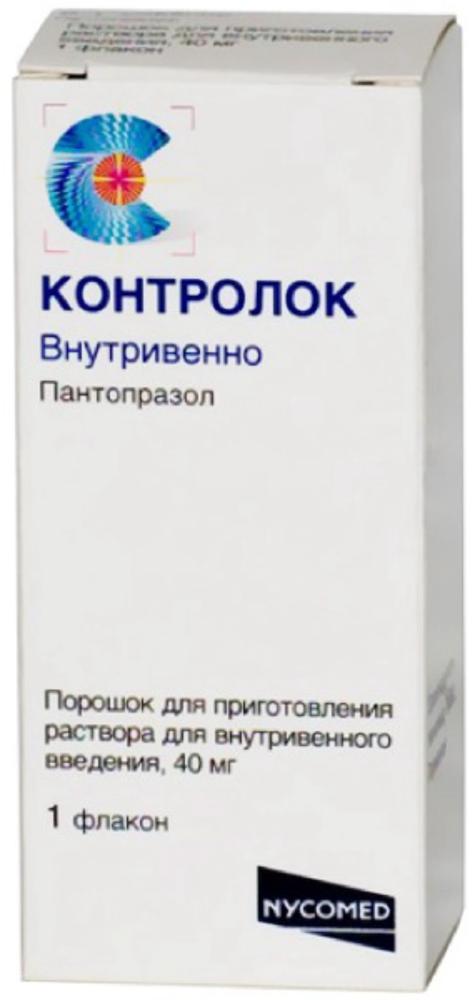
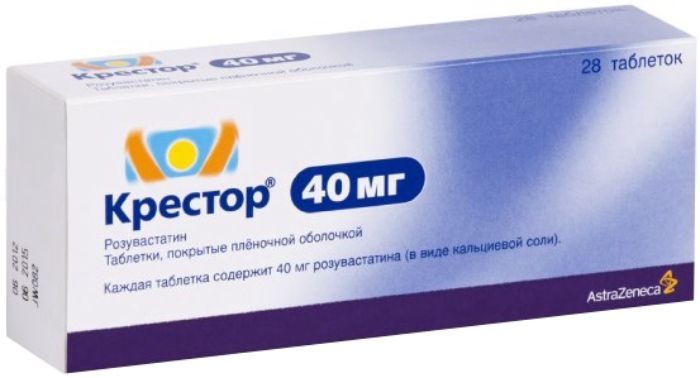
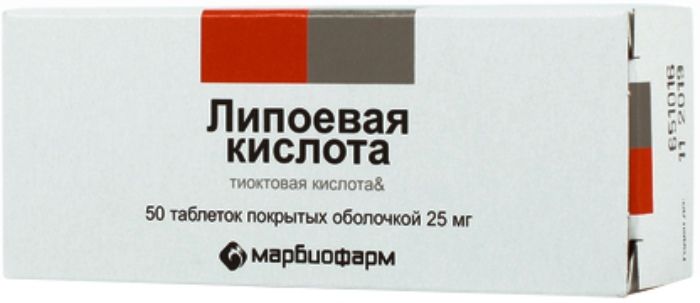
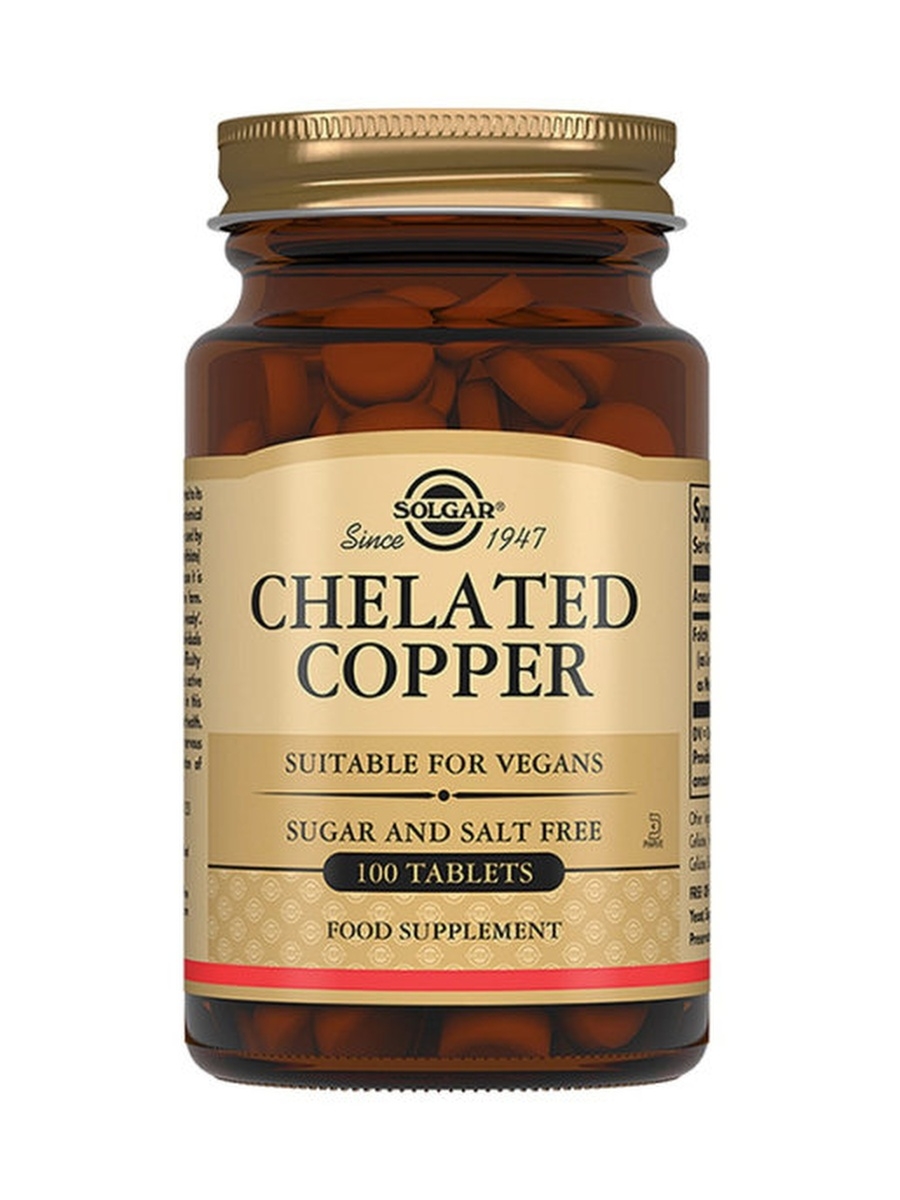
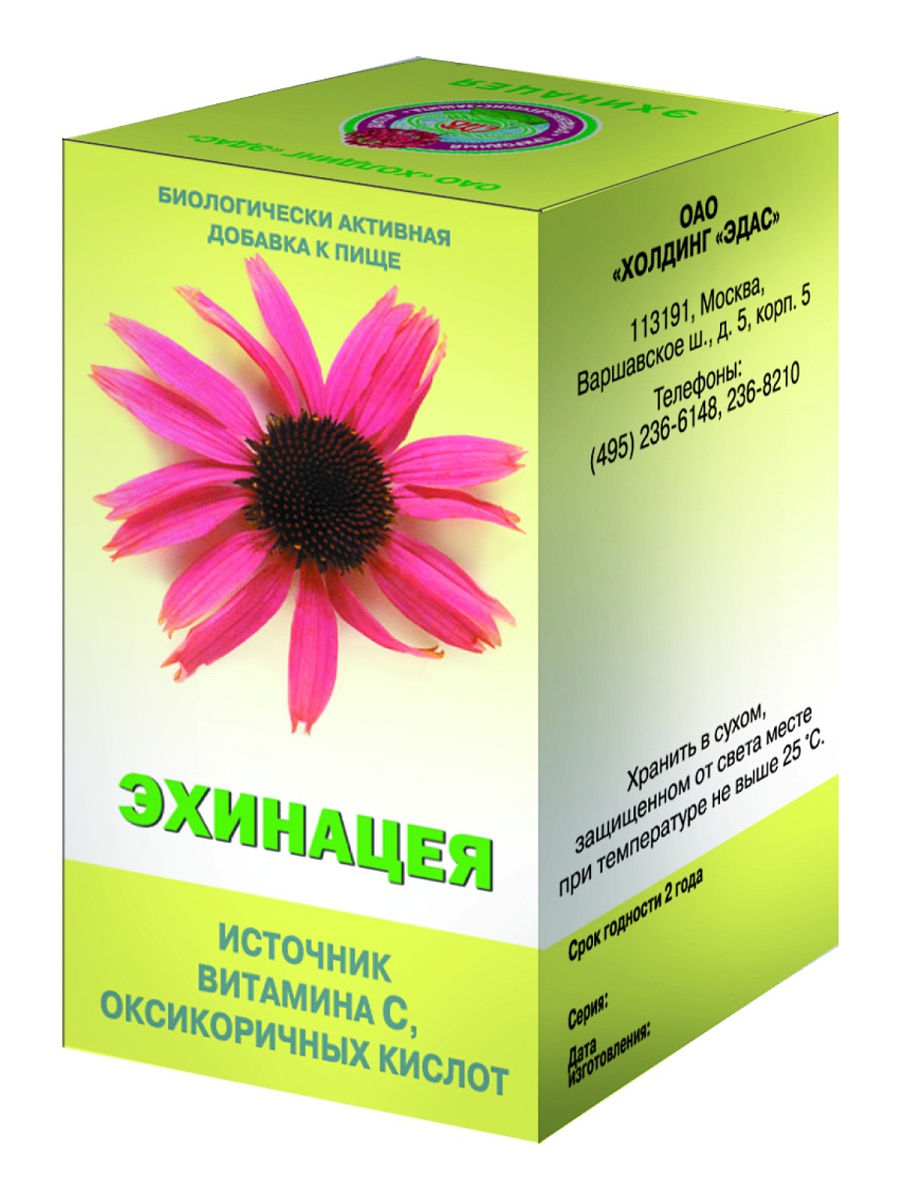
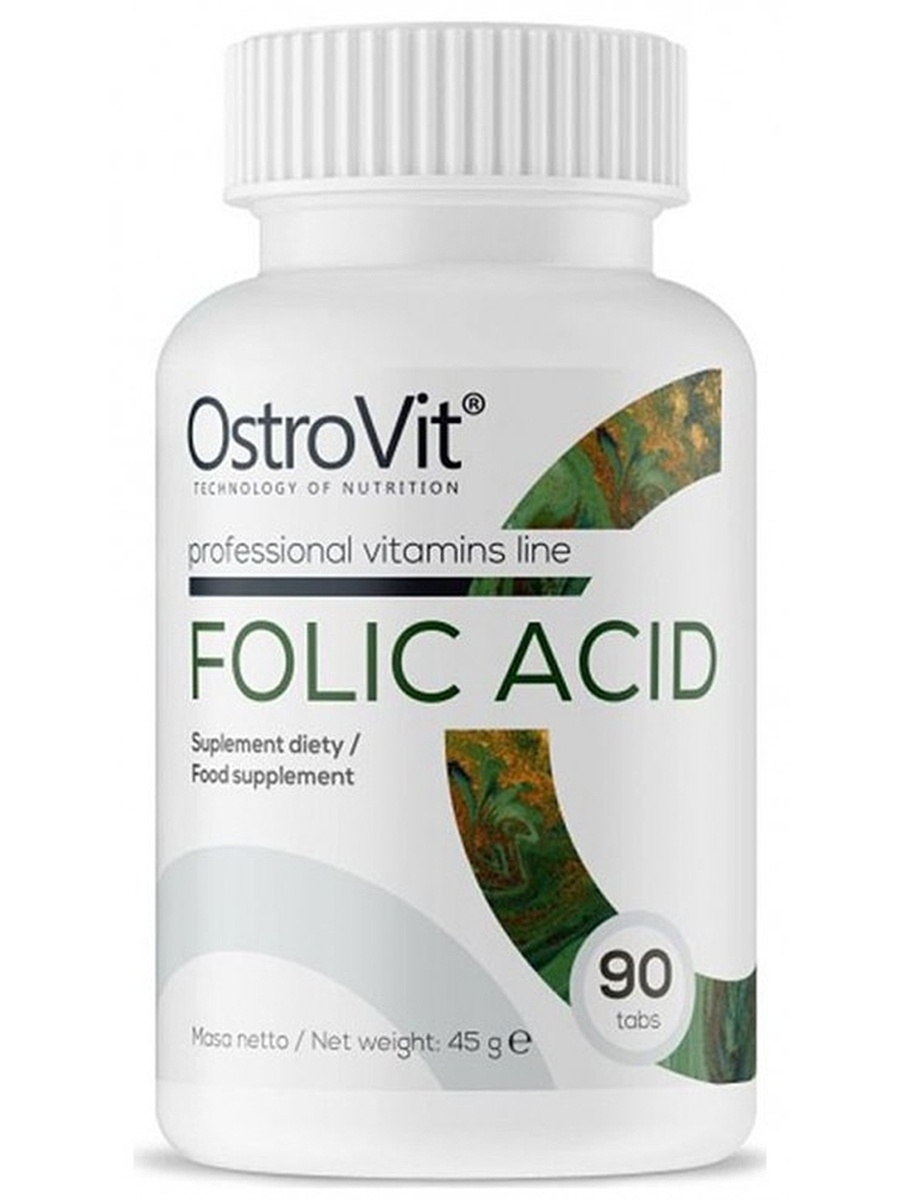





There are no reviews yet.